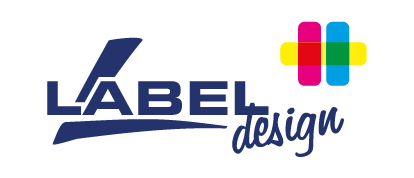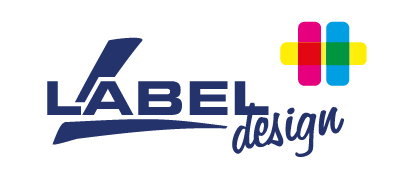In the first part of our series about the labelling of goods, we focused on inserting data into print fields and in the second part we discussed different printing technologies. The third part of the series will deal with the materials for direct thermal and thermal transfer printing, as well as information about TTR ribbons and inks.
Virtually all the materials that are available for the initial production of labels can be used for reprinting. The important things to consider are where and how the labels will ultimately be used and how durable the labels need to be.
The Basic Classification of Materials Based on Reprinting Technologies
Materials for Direct Thermal Printing
The most common materials for this type of printing are papers with a "thermo-active" layer and plastics, most often polypropylene. Black is the basic print color, but red is also often used. This printing is done without TT ribbons, where the print head thermally activates the pigment on the surface of the material.
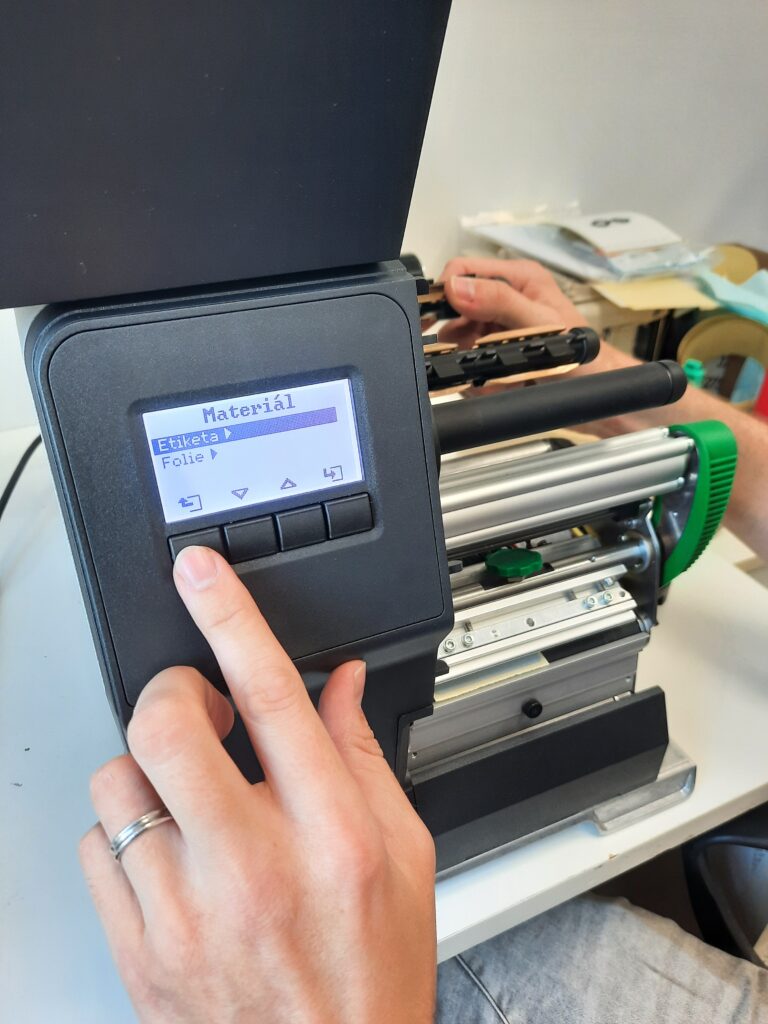
Materials for Thermal Transfer Printing (Printing with TTR ribbons)
For TTR reprinting, the same materials that are available for the initial production of labels can be used: paper, PE, PP, PVC, PET, PEHD. Some materials have a surface layer that promotes better pigment adhesion. Different colors can be used during the printing process, based on the TTR ribbons used. Printing is done by thermal transfer of pigments from the TTR tape to the printed material.Materials for Thermal Ink Jet Printing
The same specifications for thermal transfer printing apply, but different ink qualities are used depending on the material and how durable the labels need to be. Printing can also be done directly on the product.Materials for Continuous Ink Jet Printing
For this technology, all self-adhesive materials can be used, but it is most often used for direct printing on the product without labels at all.Materials for Color Printing
The surface of the material to be used in the ink jet printer must have a "contact" layer to ensure the pigments are bonded. For use in laser printers, it is necessary to use a temperature-resistant adhesive to prevent damage to the feeding mechanism.Materials for Laser Printing
Laser technology can be used to print directly onto the product’s surface. If printing on self-adhesive materials is required, paper must be excluded. For printing on cardboard, a special pigment is used which works in a similar way to thermal direct printing. It is common for a double-layer material to be used, where the top layer is 'blown off' during printing, creating a negative or positive printing effect.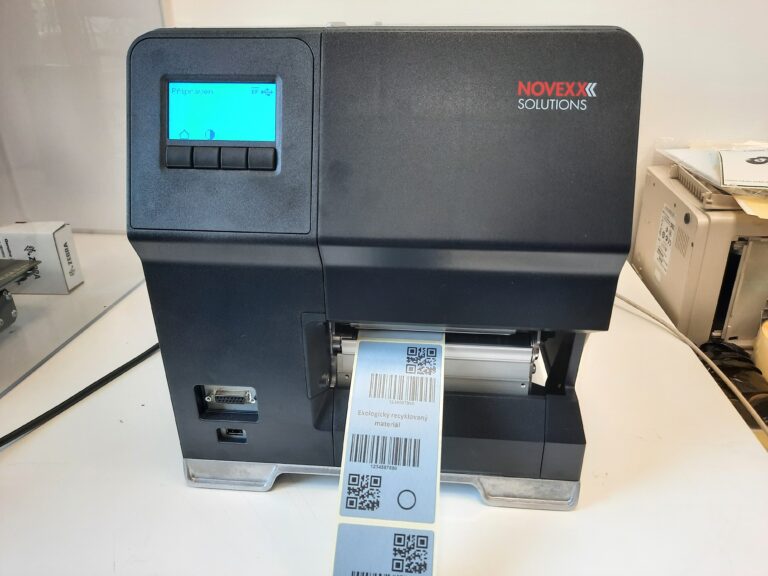
Thermal Transfer Ribbons - TTR
TTR ribbons are designed for use in thermal transfer printers. The pigment is transferred to the printed material by separating the pigment from the PET carrier film using heat (65-85°C). TTR ribbons consist of three layers: a PET carrier film, a dye pigment, and a back coating containing silicone. The tapes come in a variety of colors: mainly black, red, blue, green, or yellow. They can be used to also create a hot stamping effect (gold, silver), holograms, or security features.Inks for Industrial Thermal-ink Printers
These printers are designed for inks to print on absorbent or non-absorbent materials and plastics. Different types of inks are used for printing on paper (for logistics) and on plastics with fast drying requirements.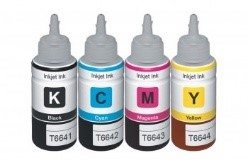
Inks for Color Ink Jet Printers
For color printers, inks are normally supplied in cartridges with chip protection from the manufacturer, or in packaging for refilling the printer's "container" tray. These inks require a contact layer on the printed material for proper adhesion.
Reprinting Materials, Ribbons, and Inks was the final part in our labeling series. Hopefully you now have a clearer idea of what this area entails and how you can use it in your own operations.